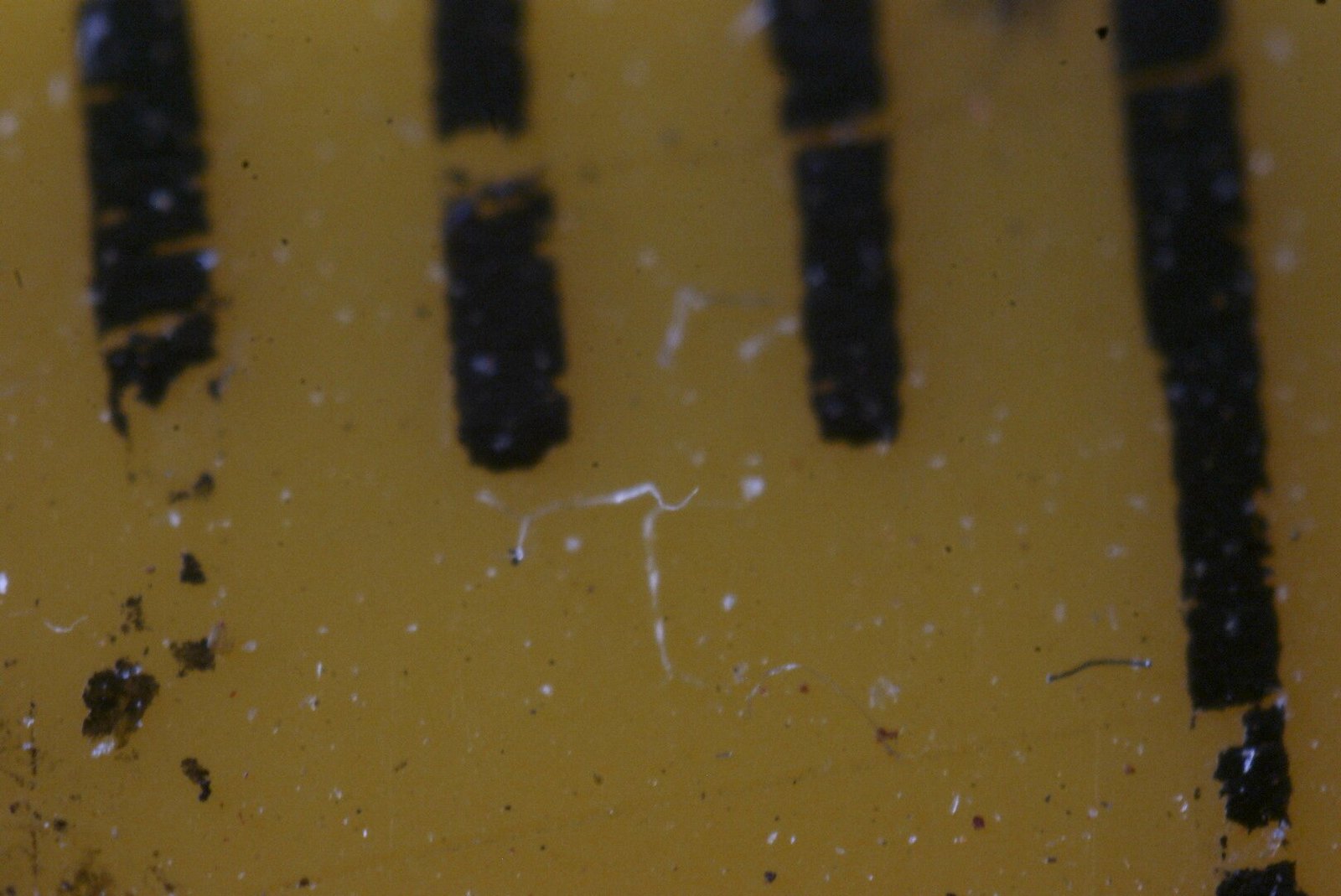This is what an SMC Pentax M 20mm lens f/4 on a reversal ring plus 12mm, 20mm and 36mm extension tubes can give you.

You are looking at the markings on a metric plastic ruler. That's about 4mm from side to side. It was taken with a Samsung NX1. The APS-C frame is about 24mm, which gives a magnification ratio of six to one. Not bad.
Something a little less abstract:

Apologies for the slight softness in focus. Depth of field is almost non existent. The rig doesn't make it easy to set focus. One can tilt the tripod or move the subject and it's not easy. To things worse, the lens tends to unscrew when you turn the aperture ring.
My bellows with focus rail will make things easier in the focus department. It will also give me more extension for even more magnification. I will get back to you on that.


 Similar Threads
Similar Threads 























